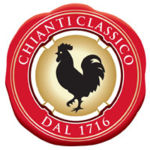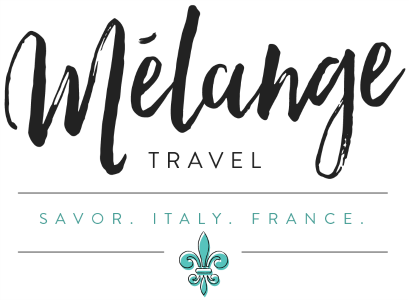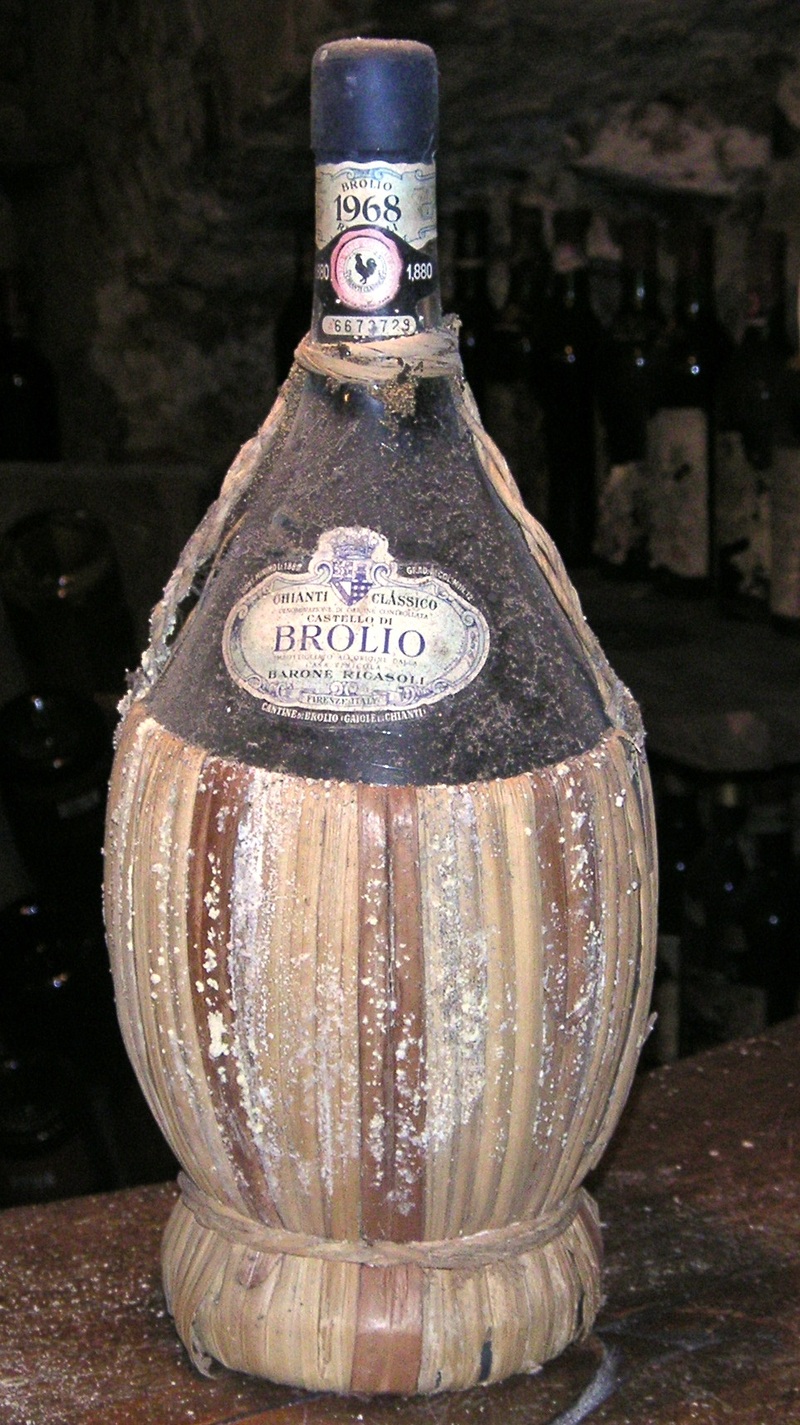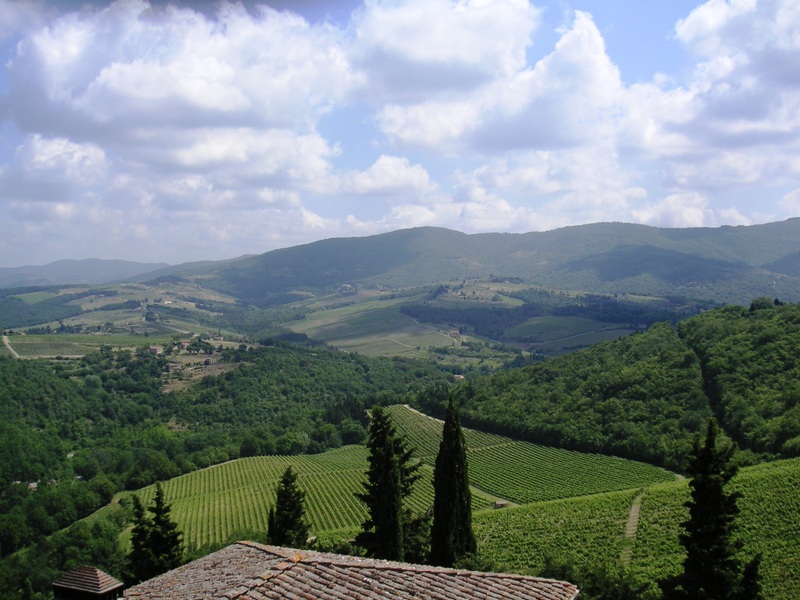With the US dollar falling, it’s getting increasingly difficult to find good wine from Italy that is affordable. It is almost unheard of to get a quality Chianti Classico Riserva, for under $25. But, when I do, I do the *happy dance* and celebrate. Almost like I was stomping the grapes myself or somehow had something to do with its quality, texture, color or taste.
What is the difference between a Chianti and a Chianti Classico Riserva you ask? Let’s backtrack a little.
Chianti is a geographic wine-growing area of Italy. All Chianti wine from this region is regulated by a government organization called the DOCG, which stands for Denominazione di Origine Controlla e Garantita. This just means there is an Italian governing body overseeing the wine you are drinking.
It is guaranteed to be from that area, meeting specific criteria, including the location and yields of the vineyards. Or in Italian…”You dont-a wanna follow da rules – you no sell-a you wine!” How can you tell if a wine has come from this area? Well, you know that colorful pink paper label that is wrapped around the neck of the bottle? That has a DOCG seal on it.
 Within this area are sub-regions, one of the most popular and well known is the Chianti Classico. Chianti Classico wine is not only under the DOCG, but is also identified by the Gallo Nero, black rooster, on the bottle. These wines are looked at as the best of the best Chianti, and tend to have a higher alcohol content.
Within this area are sub-regions, one of the most popular and well known is the Chianti Classico. Chianti Classico wine is not only under the DOCG, but is also identified by the Gallo Nero, black rooster, on the bottle. These wines are looked at as the best of the best Chianti, and tend to have a higher alcohol content.
Stick with me here. Within this Chianti Classico designation comes the Riserva. The difference here is that on top of the DOCG classification and the gallo nero, to be a Riserva, the wine must be aged for at least 27 months, the last 3 months of which happens in the bottle. This is why you will never see an authentic Chianti Classico Riserva 2006, offered for sale in 2007. É impossibile!
So, although it may be a bit confusing, I think you can see how Chianti table wine in the fat, round, straw bottle, called a fiasco is very inexpensive, and how a high end Chianti Classico Riserva, with its quality distinction and aging process, commands a much higher price.
Two of my favorite affordable Chianti Classico Riserva’s under $25 are from Castello Monsanto and Melini. Of course 2001 and 2003 were good years for Chianti…but how to judge a good year, is another lesson entirely.
I love to try new wines, so tell me…what are some of your favorites?
Photo Credit : Chianti Classico logo via Wikipedia


